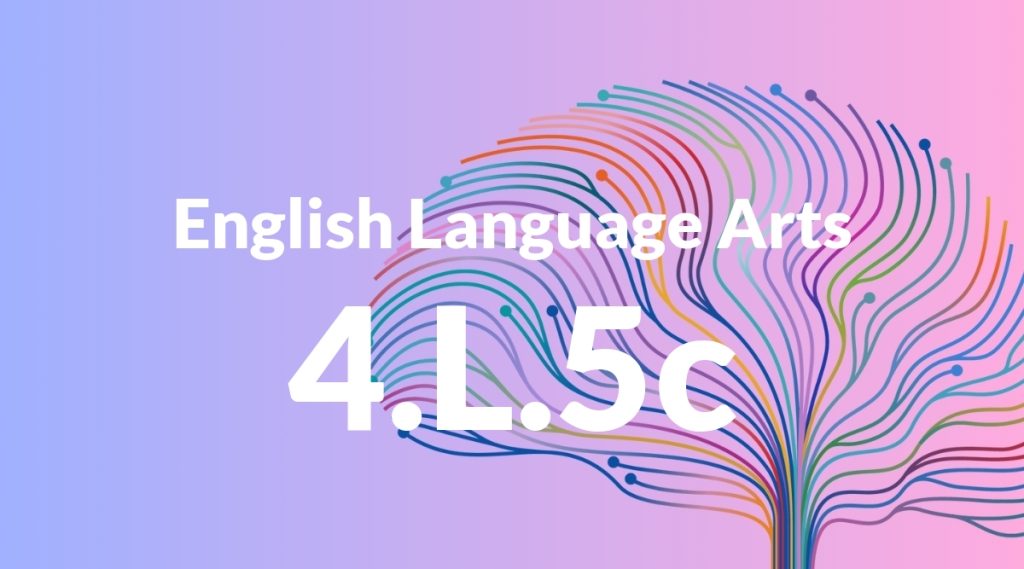Standard: 4.L.5c – Demonstrate understanding of words by relating them to their opposites (antonyms) and to words with similar but not identical meanings (synonyms).
Grade level: Grade 4
Subject: English Language Arts
Domain: Language
Teacher Overview
This standard focuses on helping students understand word relationships by teaching them about antonyms and synonyms. This is important as it enhances their vocabulary, improves their reading comprehension, and allows them to express themselves more precisely in writing. Students should understand what words are and how they function in sentences. They should also be familiar with the concept of opposites and have some experience using descriptive words.
After mastering this standard, students will be able to use antonyms and synonyms to enhance their writing and reading comprehension skills. They will understand the nuances of word meanings and be able to choose more precise words in their writing.
Common Misconception 1
A common misconception is that antonyms are always exact opposites. This is incorrect because antonyms can vary based on context. For example, ‘hot’ and ‘cold’ are antonyms, but so are ‘warm’ and ‘cool’ depending on the situation.
Intervention 1
To address this misconception, use various examples and contexts to show how antonyms can change. Activities like sorting words into categories based on their antonyms can help solidify this understanding.
Common Misconception 2
Another misconception is that synonyms are completely interchangeable. This is incorrect because synonyms often have slight differences in meaning and usage. For instance, ‘happy’ and ‘joyful’ are synonyms but are used differently in sentences.
Intervention 2
To remediate this, provide students with context-rich examples and have them practice using synonyms in different sentences to see how the meanings change slightly.
Prerequisite Knowledge
Students should have a basic understanding of what words are and how they function in a sentence. They should be familiar with the concept of ‘opposites’ and have some experience with using descriptive words.
Subsequent Knowledge
After mastering this standard, students will be able to use antonyms and synonyms to improve their writing and reading comprehension. They will be better equipped to understand nuances in word meanings and will be able to choose more precise words in their writing.
Instructional Activities
- Create a word wall featuring antonyms and synonyms.
- Play matching games where students pair words with their antonyms or synonyms.
- Write sentences using a word and then rewrite them using a synonym or antonym.
- Use graphic organizers to map out word relationships.
- Conduct a thesaurus scavenger hunt to find synonyms for common words.




